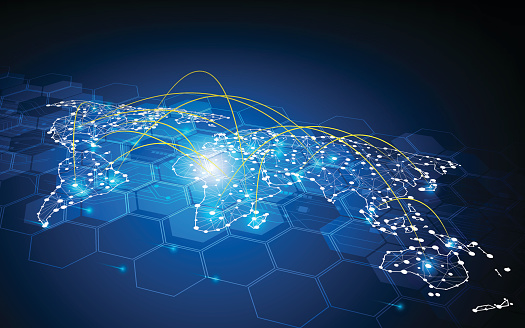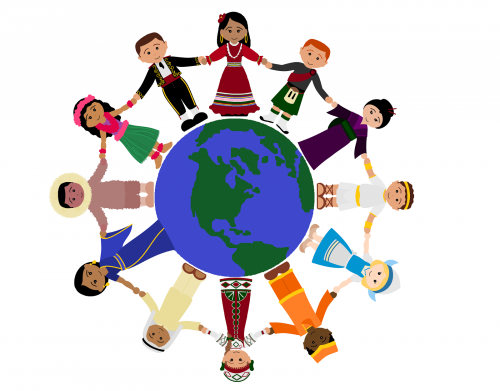“Spanning 6.7 million km2 (twice the size of India) the Amazon Biome is virtually unrivaled in scale, complexity and opportunity, and truly is a region distinguished by superlatives” (WWF, 2016). Unfortunately, according to WWF seemingly endless Amazon has lost 17% of it’s forest cover in the last 50 years which stands to affect all life on Earth if it continues because if the Amazon’s ability to regulate carbon emissions is weakened, the resultant discharge is expected to considerably accelerate global warming and that affects everyone.
“The Amazon is home to more than 30 million people living across a vast region subdivided into nine different national political systems. 9 % of the Amazon’s population is still made up of indigenous people-350 different ethnic groups (WWF, 2016)”. Amazon forests are shared between Brazil, Peru, Columbia and some other Brazil’s neighbors. That makes it a very culturally diverse place.
“Here, as elsewhere in Latin America, the government owns the subsoil and any oil, gas, and minerals found there. All these Amazon nations are attempting to use the rain-forest for oil and gas exploration. In all cases, an improved policy is needed to reconcile national interests with those of the environment and local inhabitants” (Moran, Abramson, Moran, 2016). According to CIA World Fact Book, Brazil, Peru and Columbia are facing deforestation due partially to illegal logging. To address this issue which has a potential global impact, cultural synergy should come in play. “Synergy is a cooperative or combined action, and occurs when diverse or disparate individuals or groups collaborate for a common cause. The objective is to increase effectiveness by sharing perceptions and experiences, insights, and knowledge” ( PSU, 2016). On both local and international scales we need to synergistically address the issue of the Amazon’s future.
As we can see, the future of the Amazon is a global leadership issue. This affects it’s native inhabitants as well as it’s neighbors and the world as a whole. The Amazon is the single largest remaining tropical rainforest in the world that is responsible for 15% of the world’s total river discharge into the oceans and is responsible for balancing global carbon emissions. While every country involved has it’s own long term orientation according to Hofstede 6D model and it’s unique ways to deal with the challenges of the present and future, cultural synergy is imperative in addressing the issue.
References:
CIA. (2016). World Fact Book. Ecology. Retrieved from https://www.cia.gov/library/publications/the-world-factbook/fields/2032.html
Hofstede, G. (2016). Cultural Dimensions. Retrieved from https://geert-hofstede.com/brazil.html
Image. Amazon rainforest parrots. Retrieved from http://www.environmental-watch.com/wp-content/uploads/2013/08/shutterstock_64558576.jpg
Image. Amazon Desktop Wallpaper. Retrieved from http://images.google.de/imgres?imgurl=http://www.wallpaperhd.pk/wp-content/uploads/2015/09/amazon-jungle-wallpaper.jpg&imgrefurl=http://www.wallpaperhd.pk/amazon-jungle-wallpaper/&h=1080&w=1920&tbnid=xga-GxLuA2BokM:&docid=ZyY0T_64RxTrxM&ei=Z84DWLq9MIGMsAHo45SoBQ&tbm=isch&client=safari
Image. Inphographic. Retrieved from http://wwf.panda.org/about_our_earth/deforestation/importance_forests/tropical_rainforest/
Moran, R., Abramson, N., Moran, S. (2014). (P. 349). Taylor and Francis: Kindle Edition.
PSU. (2016). Synergy. Retrieved from https://psu.instructure.com/courses/1802572/modules/items/21179088
WWF. (2016). About the Amazon. Retrieved from http://wwf.panda.org/what_we_do/where_we_work/amazon/about_the_amazon/
image: Amazon rainforest parrots










